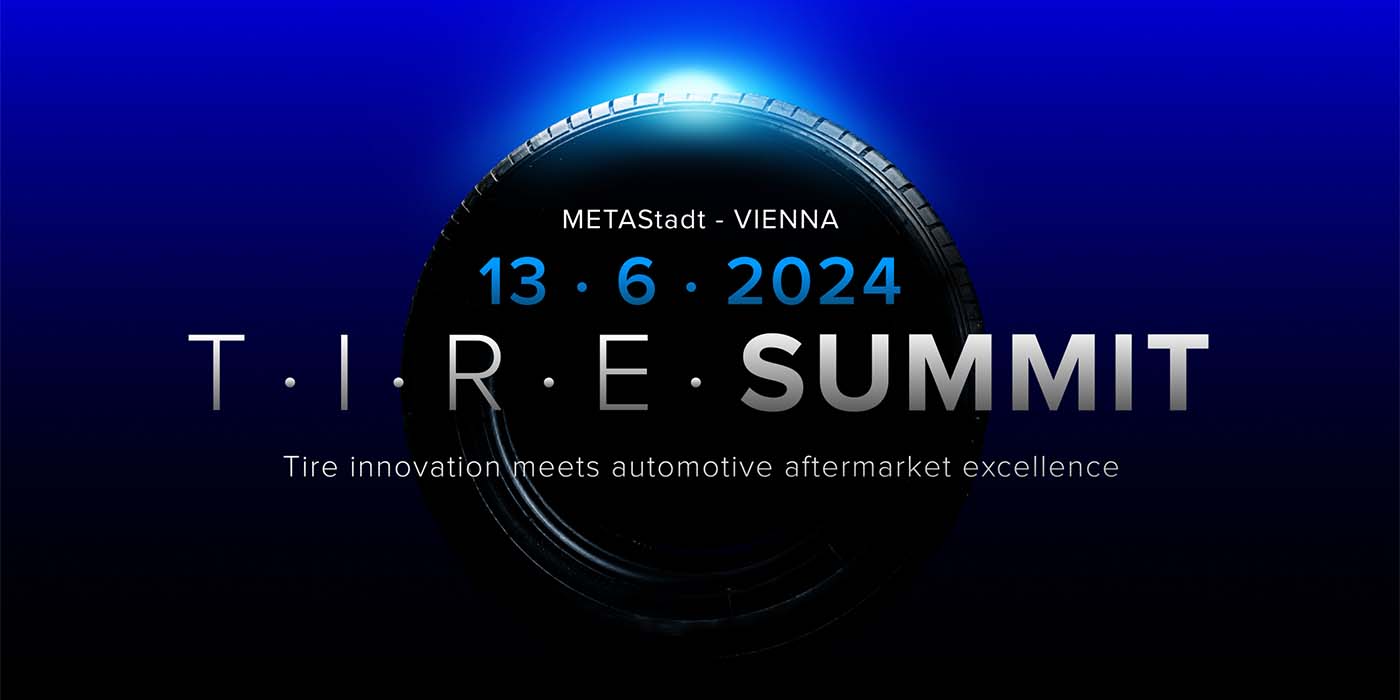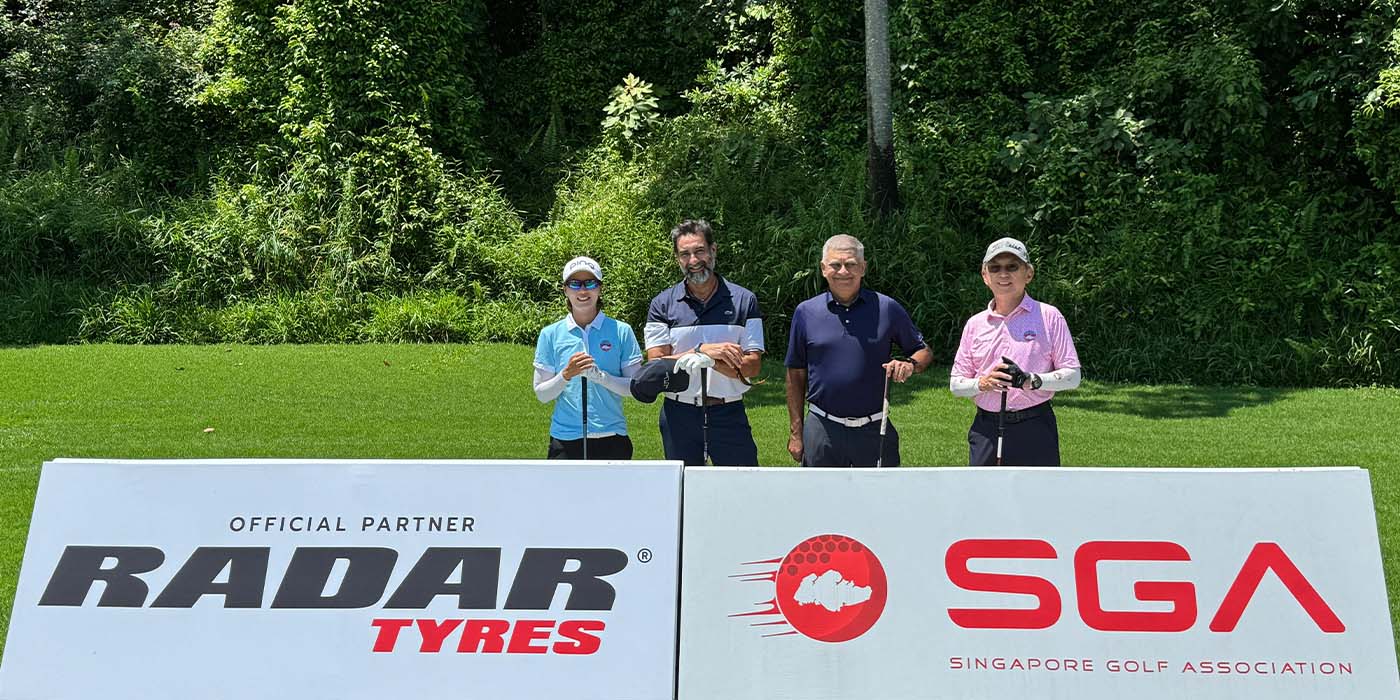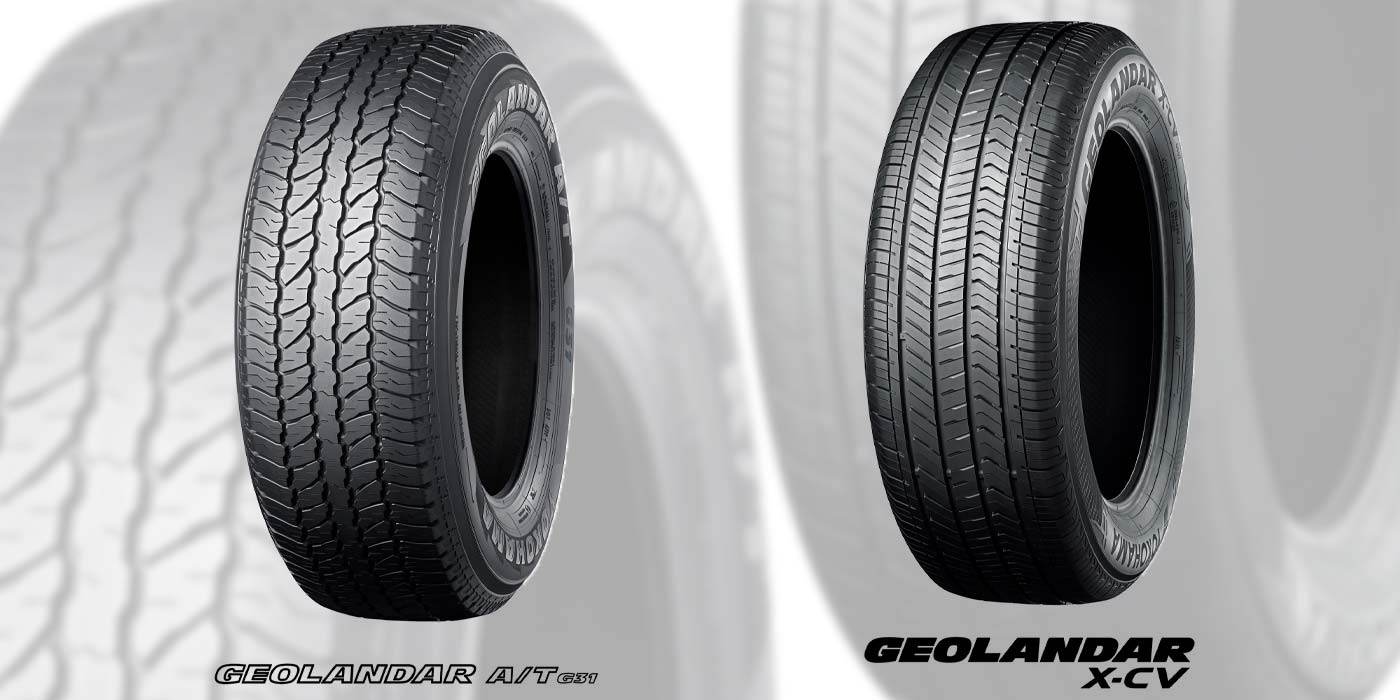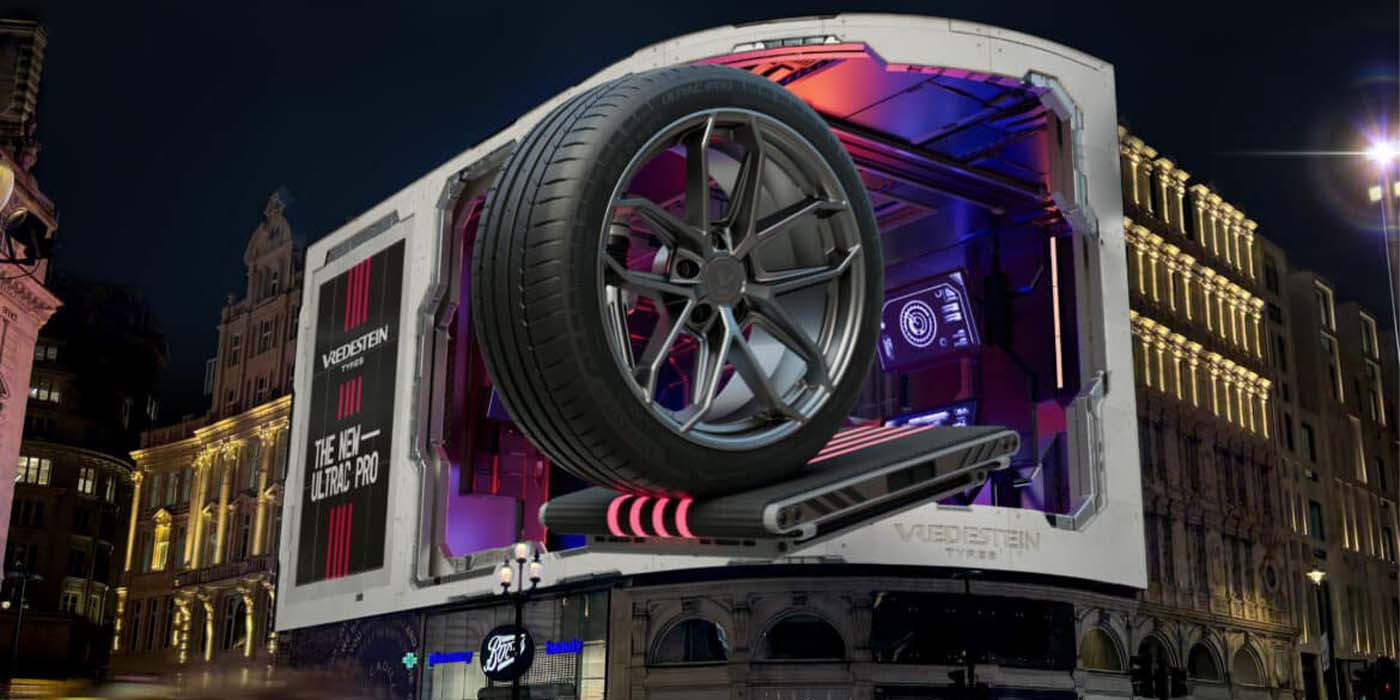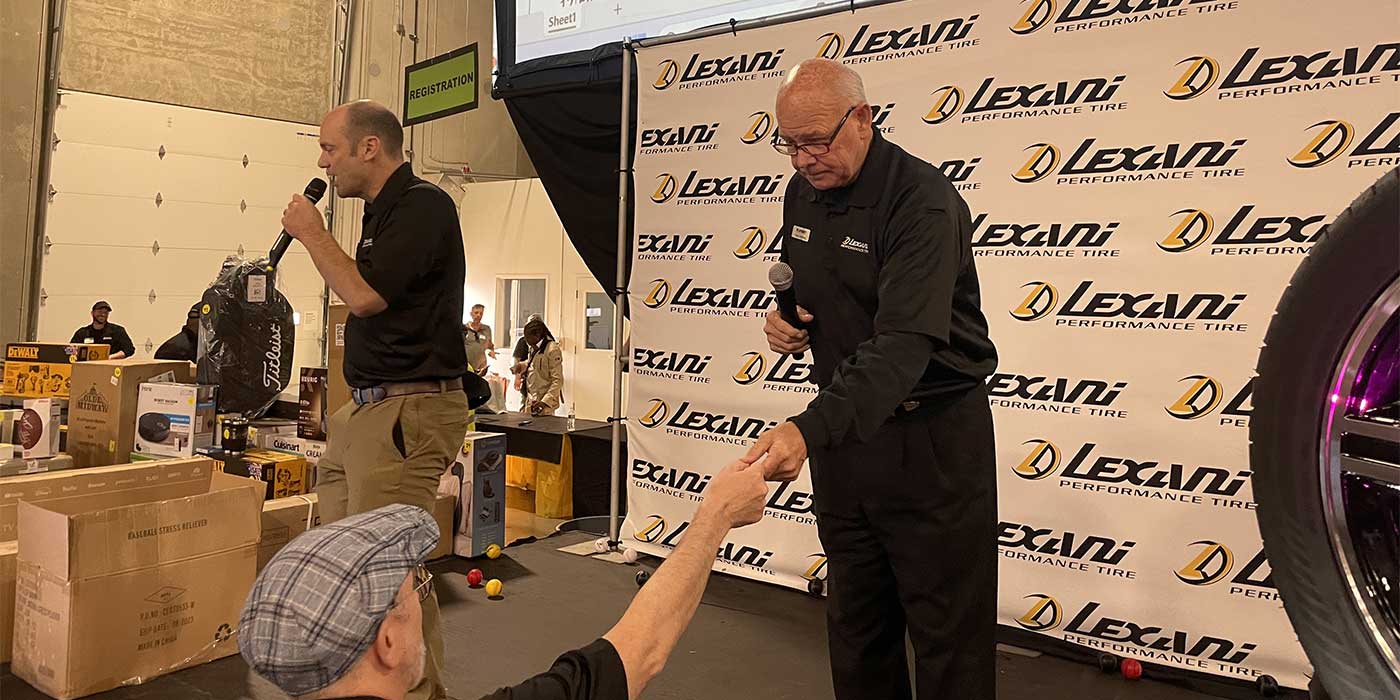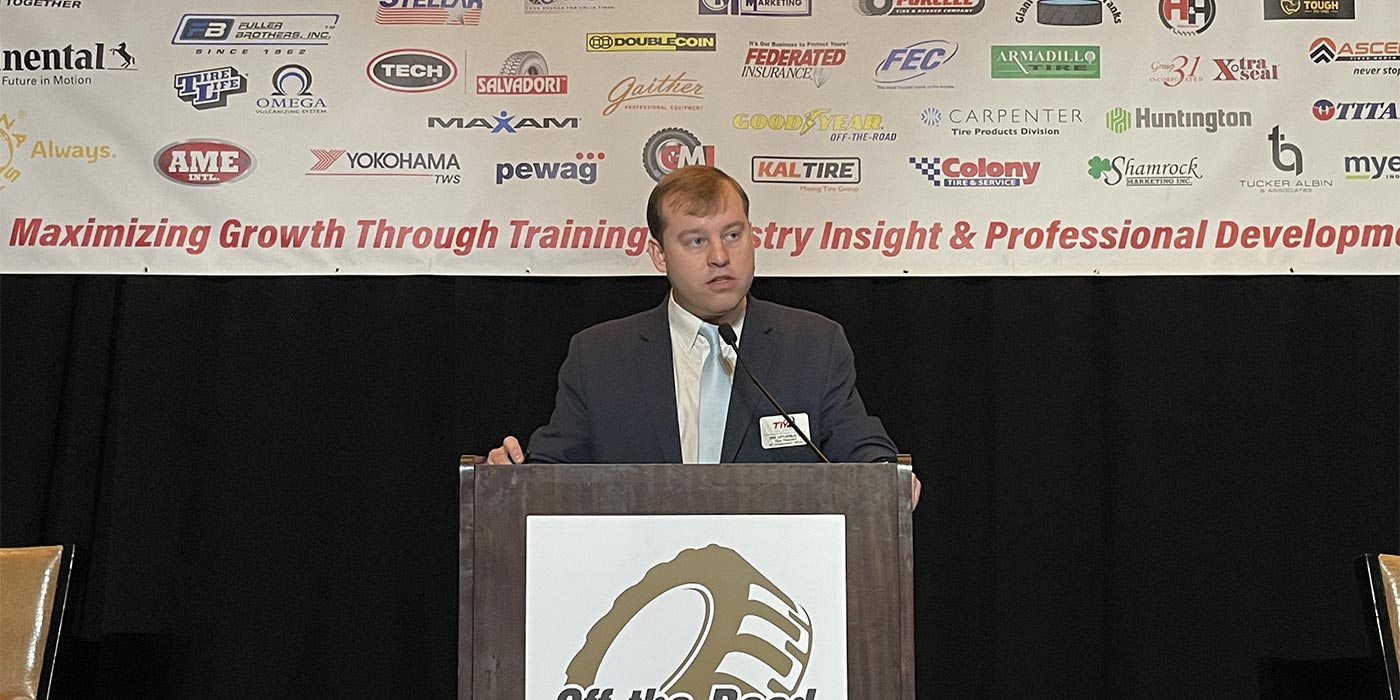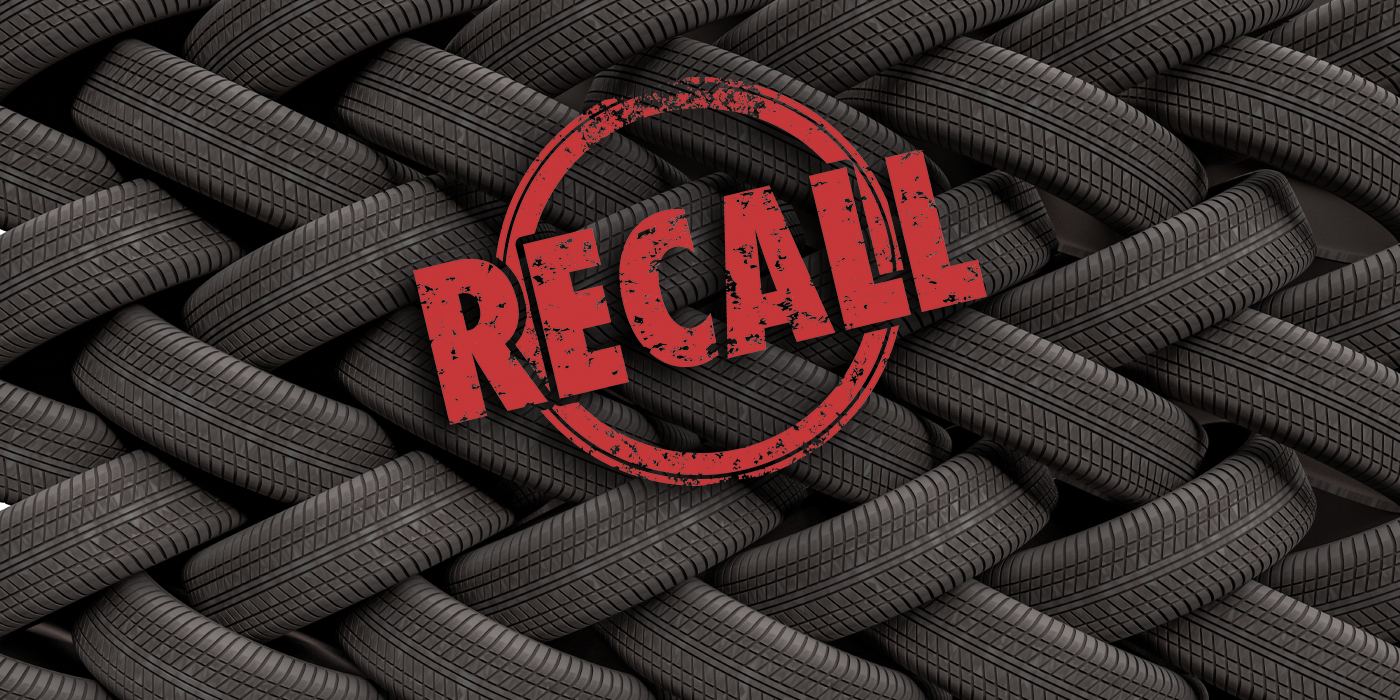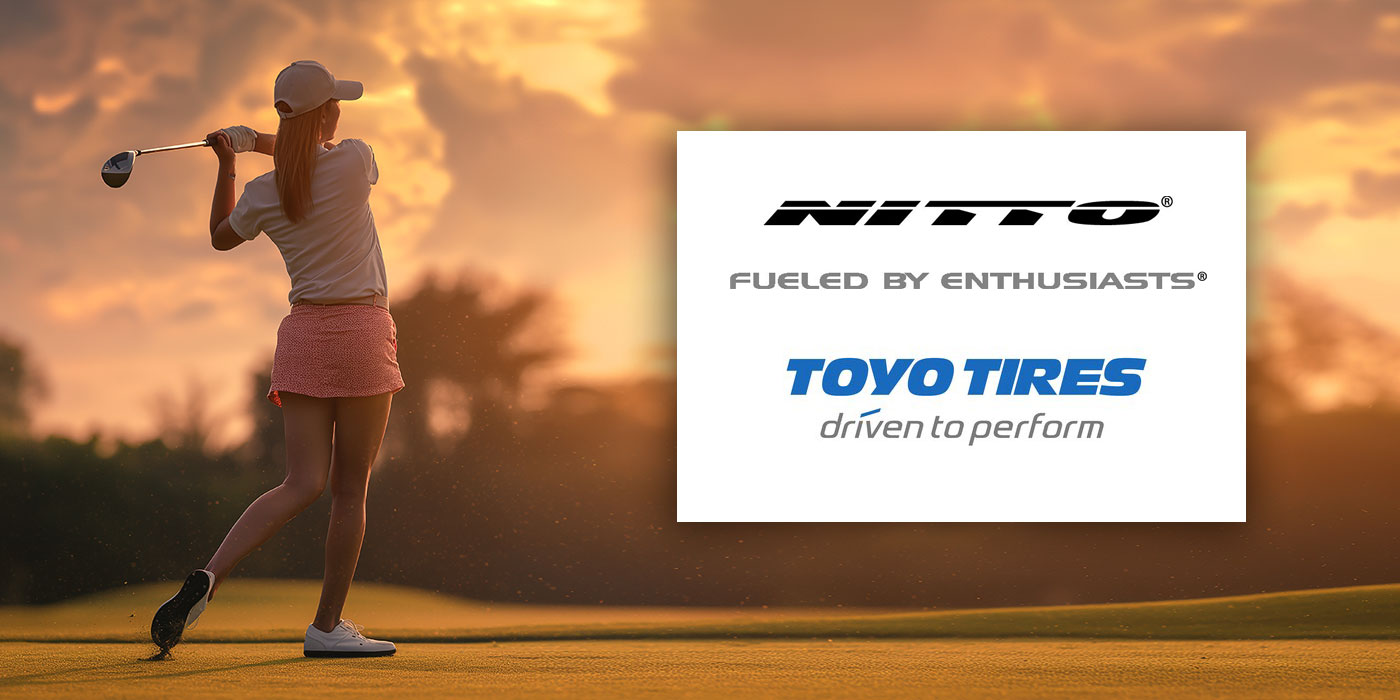A year later when details of the legislation’s first reading were published it became clear that the revised text had been substantially modified to better reflect the practical implications of implementing such far reaching legislation. With this in mind, T&A interviewed European Tyre and Rubber Manufacturer’s Association (ETRMA) secretary general Fazilet Cinaralp, and chairman Dr. Francesco Gori. The group’s membership includes all the leading European tyre manufacturers and those with production facilities within the continent.
Tyres & Accessories (T&A): A year ago ETRMA and some of the individual premium tyre manufacturers described the EC guidelines as unfeasible. What has changed since then?
Fazilet Cinaralp (FC): The major improvements introduced within the regulation during the legislative process include: A wide recognition of the need for an integrated approach when pushing tyre performance; introduction of date of manufacturing for market compliance with new rules; mandatory fitment of accurate tyre pressure monitoring systems, to combine with the very ambitious rolling resistance targets; and recognition of the technological limits for unrealistic tyre rolling noise thresholds, in particular for commercial vehicles tyres. This being said, one major challenge still remains: policing by the authorities so the products after 2012 do all comply with the requirements.
T&A: How close are ETRMA members to being able to fulfil the new requirements? Is there a danger of overwhelming the manufacturers with regulatory requirements?
FC: It is fair to say that none of the members can easily fulfil all the requirements, without major investments. The industry will have to work hard and invest massively in research and development and type approval procedures, which will generate costs and huge administrative work to meet an unprecedentedly complex regulatory framework. This is the first time that a region has introduced such a complex and sophisticated regulatory regime. The type approval authorities will have to build extra capacities to meet the demand.
T&A: The new regulations include paragraphs referring to the mandatory installation of tyre pressure monitoring systems (TPMS) on passenger cars. However, they stop short of doing the same on commercial vehicles. What is your opinion on this subject?
FC: The European Parliament has voted on an amendment asking for the mandatory fitment of TPMS on commercial vehicles. The commission has recently launched activities aiming at setting CO2 limits for light duty commercial vehicles. It is most likely that we will soon see a regulatory proposal in this respect.
T&A: Individual tyre makers have set some relatively dramatic goals for reducing rolling resistance, for example. Is there an ETRMA-wide consensus for how far tyre manufacturers can commit to go? Has the ETRMA got any targets in this respect?
FC: The legislation sets minimum requirements; the technological know-how as well as individual companies’ strategies makes up the rest. There has never been any industry target beyond the minimum levels, set by law. It is for this reason that the industry also supports the tyre labelling proposal which most likely will push the market for more performing products, in the future.
T&A: Some sections of the trade have responded negatively to some of the proposals, such as labelling. In their view this is of little help to customers as they seldom see a tyre before it is fitted. What is your view?
(FC): One fifth of the fuel consumption of a passenger car is devoted to fighting the rolling resistance phenomenon. Expected fuel savings from the increased use of fuel efficient tyres are estimated to lead to a saving of 20 million tons of CO2 per year and 10 billion euros of fuel per year. Therefore, the availability of reliable and comparable information on tyre performance will make it easier for consumers to take these elements into account in their purchasing decisions.
T&A: How far is the EU from finalising a unified definition of the different types of tyre – snow tyre, winter tyre, special use tyre, traction tyre etc? The EU’s terminology currently appears to differ to that of the industry as a whole, so what is the ETRMA’s stance on this?
FC: The successful implementation of any legislation is linked to having clear objectives. For this reason, tyre type definitions will have to be fixed consistently with the policy in order to provide industry with vital information. The commission is planning to address the definitions though an implementing measure, that will be adopted before the end of 2010. This work will be done in parallel with UNECE in order to reflect the new definitions in the tyre regulations in Geneva, as well.
T&A: Enforcement of the new rules seems to present a potential difficulty. How can these rules be successfully enforced? How can the trade and industry help with this?
Dr Francesco Gori (FG): There is need for robust verification mechanisms in each member state to protect both industry and consumers from the less scrupulous producers and importers. Equally important will be truly dissuasive penalties that must be set and rigorously applied when products are found not complying.
T&A: Nina Renshaw of the European Federation for Transport and Environment (T&E) recently said: “The industry has cynically exploited the current economic climate to postpone progress on cleaner, safer tyres for years to come…we’ll have to wait until 2023 to see the full effects…These standards ask nothing more than what can already be achieved using existing technology. For example around 90% of lorry tyres currently on the market already meet the new noise standards.” How do you respond to these criticisms?
FC: The European tyre industry did not wait until the legislator forced them to make progress on safer or cleaner tyres. The industry voluntarily announced in November 2006 that it wanted to contribute to the global efforts for reducing CO2 emissions, while securing safest tyres on the market. The pressure exerted by a few European governments on one performance – in particular tyre rolling noise – has not been proportionate to the overall benefits that can be drawn from an ambitious and balanced regulation.
I wish to stress that today, 46% of passenger car tyres would be able to fulfil the future noise requirements, approximately 15% of existing passenger car tyres meets the first stage of rolling resistance requirements. But, only around 5% fulfil both requirements at the same time.
In the case of C3-Traction, a reduction bigger than 3dB(A) would be difficult to achieve without lowering the road holding properties of the tyres themselves. C3-traction tyres must have aggressive treads to provide a good grip on slippery surfaces. These tyres make up 60% of the truck tyre market. The same goes for small diameter, wide tyres for semi-trailers capable of carrying heavy loads and increased volume by reducing the distance between the road and the trailer floor.
T&A: How much will the additional research and development/compliance requirements cost tyre manufacturers? What kind of investment will be required? Are national and European government funds available to support this? With this in mind, will the current economic climate, and its ongoing effect on the vehicle industry, affect how fast these regulations are brought in?
FC: The economical downturn the industry is in for in the periods 2009-2010 cannot be underestimated and will have an effect of future technology…As I indicated earlier, the industry will have to work hard and invest massively in R&D for new product development and type approval procedures, which will generate costs and huge administrative work to meet an unprecedentedly complex regulatory framework. There are public funds being made available to the auto industry in order to accelerate the introduction of cleaner technologies and vehicles in the market – this will also help the introduction of more environmentally friendly components and tyres. (Tyres & Accessories/Staffordshire, U.K.)

